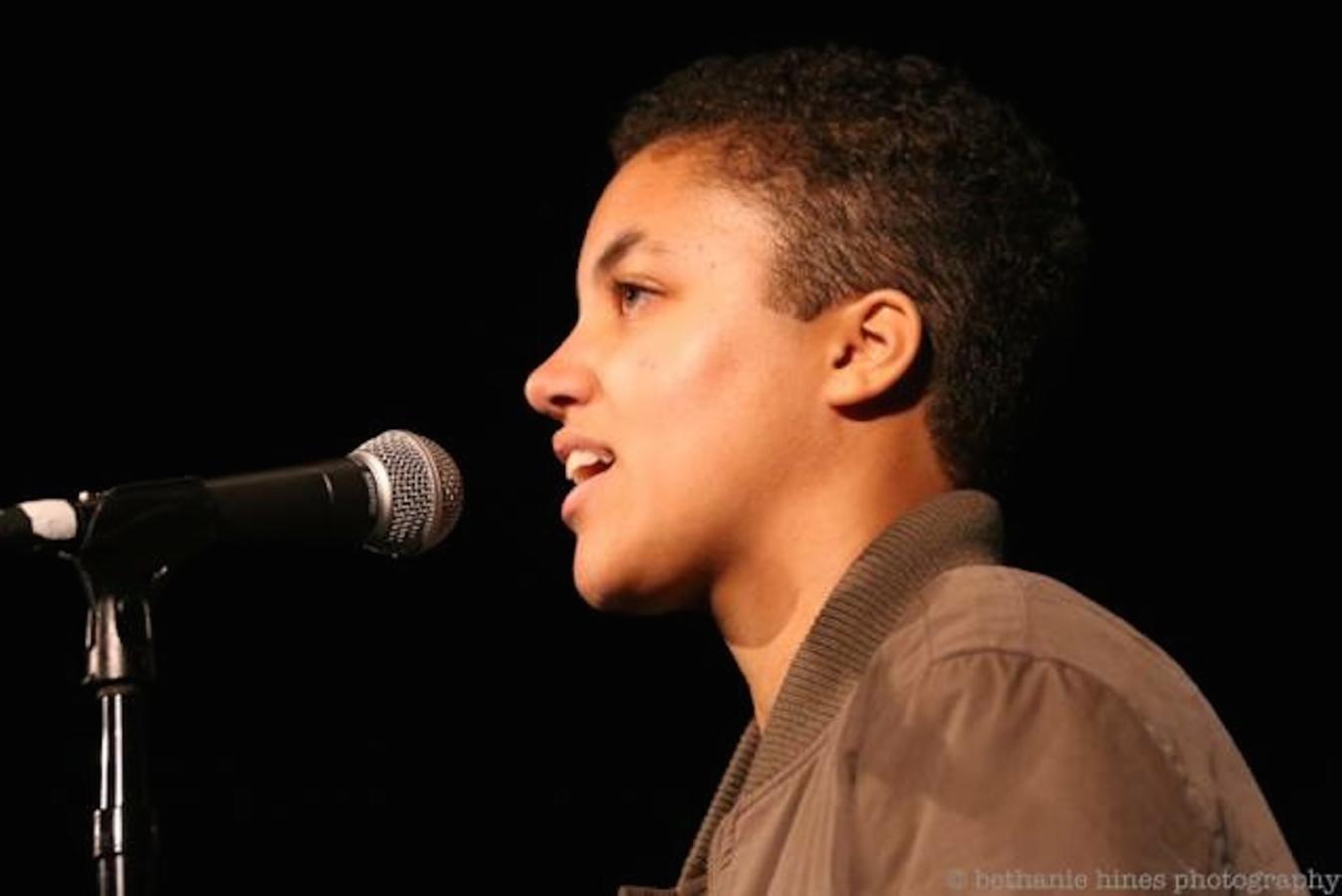We are living at a time of immense stress and uncertainty. There is no easy way forward. But as Toni Morrison teaches, “This is precisely the time when artists go to work. There is no time for despair, no place for self-pity, no need for silence, no room for fear. We speak, we write, we do language. That is how civilizations heal.”
We asked Jewish artists of Color to share work that speaks of their experiences of this moment. The works presented below exemplify three unique and important takes from three distinct points of view.
Note: We have extended our call for more pieces to the end of August 2022. If you are an artist or know of an artist who might want to contribute to this effort, please take a look here and take part in helping imagine our way through.
Marisa Baggett (she/her) is a multi disciplinary artist. Her perspective as a black, Jewish woman in the US South as well as immersion in a myriad of Jewish traditions informs her acrylic and multi media works. She pairs emotional palettes of color – sometimes very muted and sometimes teeming with chutzpah – with defined lines juxtaposed with splatters, smudges, and smears to depict varying structures in Jewish observance, tradition, and folklore. The results are abstract works of visual midrash.
“Laila Tov: Pass the Blanket”
If you’d had asked me just a few years ago, I would have easily told you that the Hashkiveinu prayer was a beautiful albeit not personally relevant prayer. To me it represented a prayer for kids – a wonderfully Jewish response to not be afraid of what happens in the night.
That was then. This is 2022. In this moment in time, there are many days that feel like dark uncertain nights. This prayer feels personally relevant. And in those times, I imagine the shadow of the Eternal’s wings as a much-needed emergency blanket.
Charilyne Rojas (she/her) is an educator and lifelong musician. Though based in Dallas, this “Canasian” born youth orchestra conductor grew up relocating and traveling, inspiring a love for languages and cultures. Her colorful childhood nurtured a lasting passion for the arts – especially theater, writing, and music. In her little free time, she enjoys scary movies, experimenting in the kitchen, and teaching her daughters about their multicultural heritage.
Belonging can dually represent acceptance and community, or a sense of ownership. While this usually refers to ownership of a possession, the ownership symbolized in this work is of one’s faith. The text is a self-proclaimed affirmation, resonating with both strength and hope. I was inspired by my own experiences and encounters in Jewish spaces as a Jew by choice, Jew of color, divorced Jew, and now as a Jewish single mother raising a multicultural family.
“Belonging”
My Judaism is mine
Though others may fear it
Might not believe it
Or don’t want to hear it
It is mine.
My Judaism isn’t defined
By the color of my skin
My marital status
Or the shape of my eyes
Because it is mine.
My path is not a straight line
But rather an ever evolving circle
Bringing my soul home
Where it always belonged
My Judaism is mine.
Maybe in time
I will be accepted
Without questions or doubts
As will the children of mine.
Tova Harris (they/them) With a B.A. in psychology, Tova Harris has always been passionate about the understanding of self, and in turn, others. With a research background in Clinical Psychology with an emphasis on Social Justice, they would like to aid in focuses of interdisciplinary research and subsequent teaching and practice and its effects on the physical and metaphysical world.
“Creation”
I wanted to create a piece of art that reflected my journey with Judaism. How many layers, how many different patterns I have followed throughout my 33 years, how much has been “drawn.”












